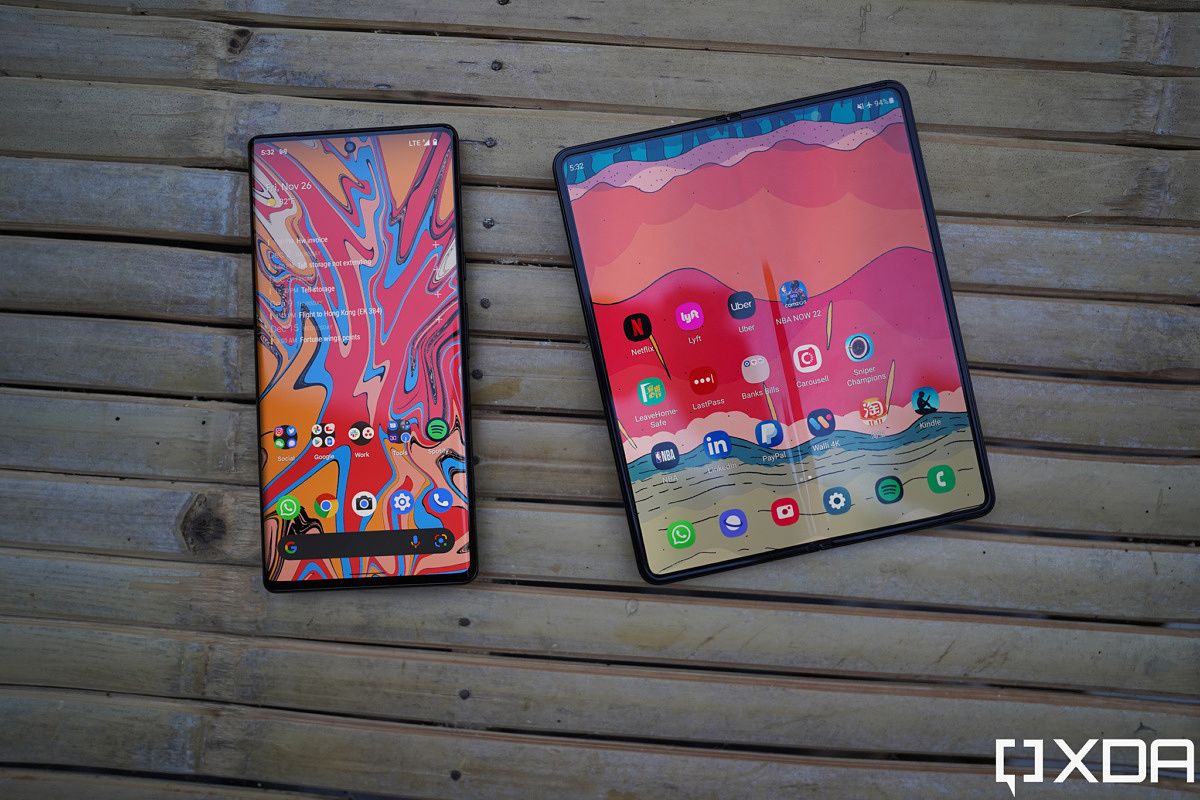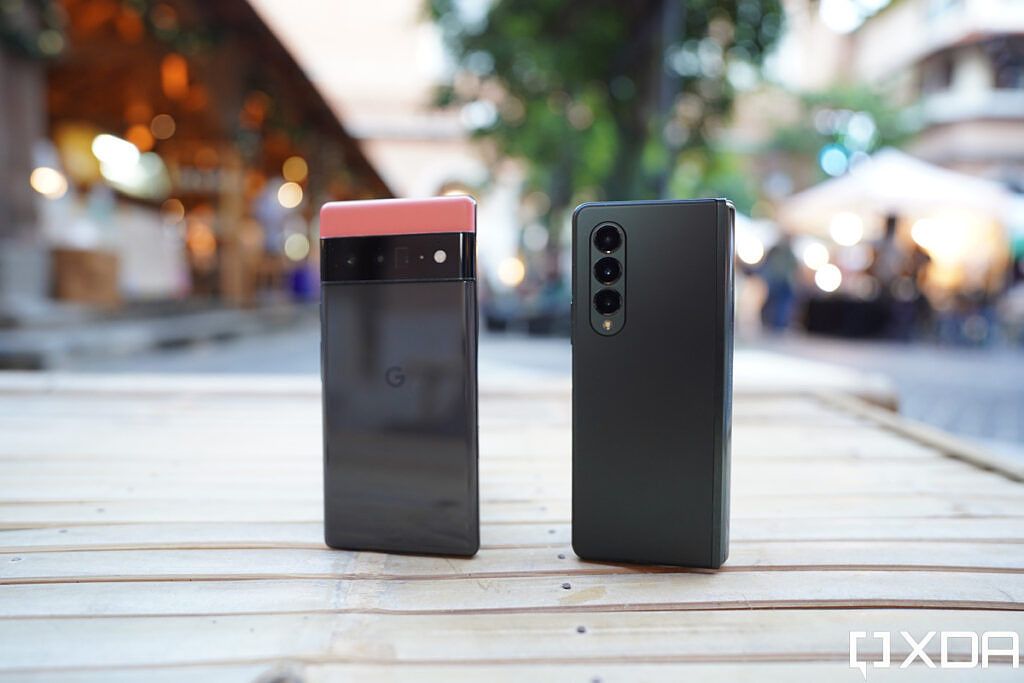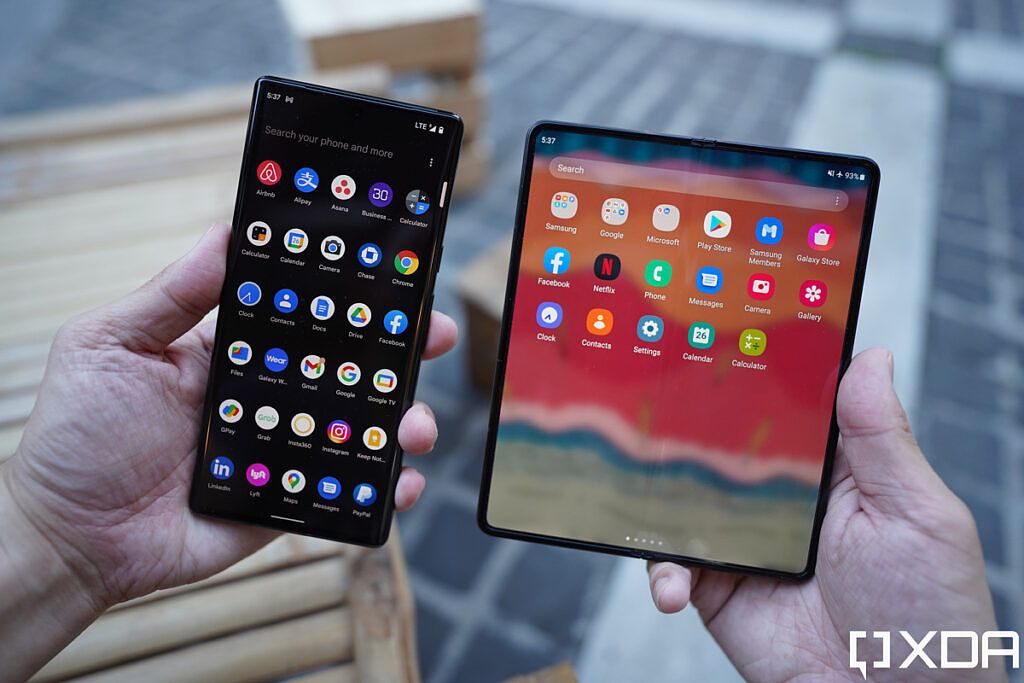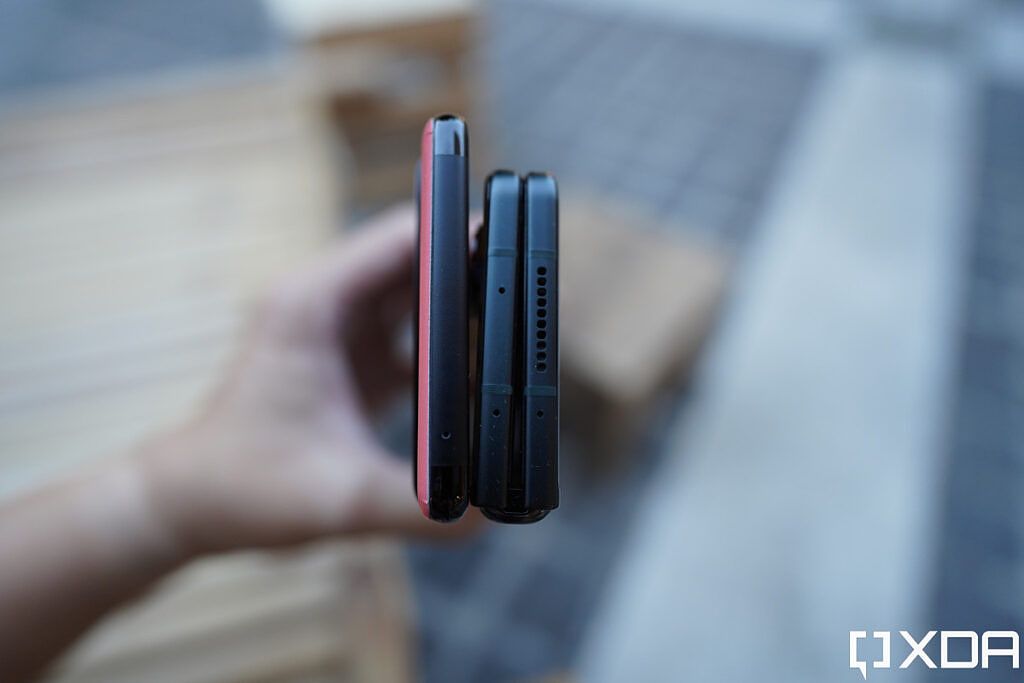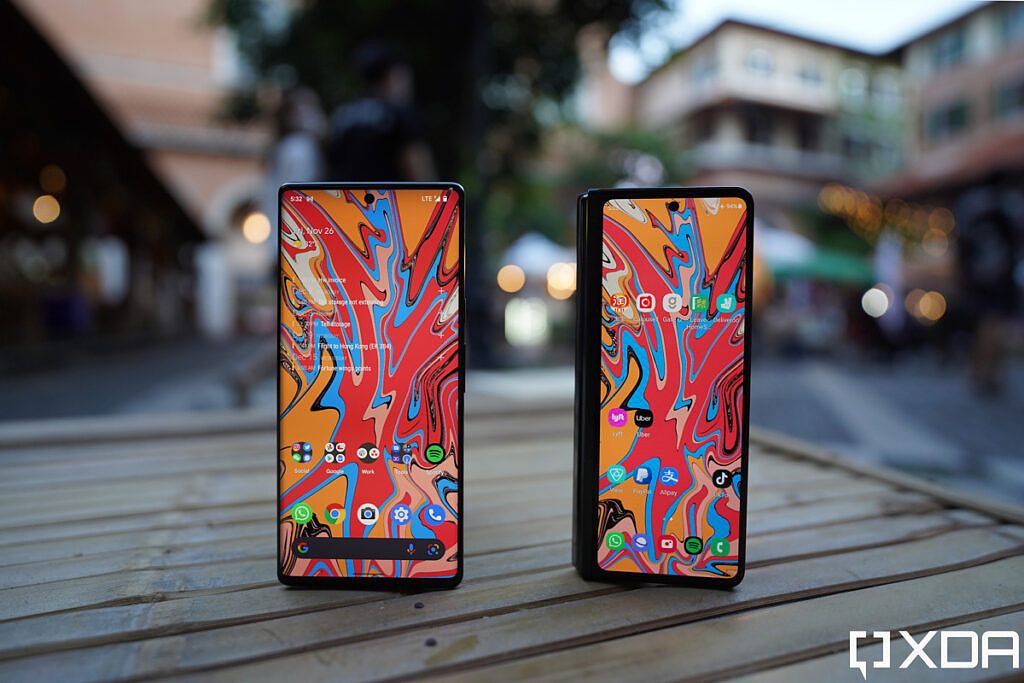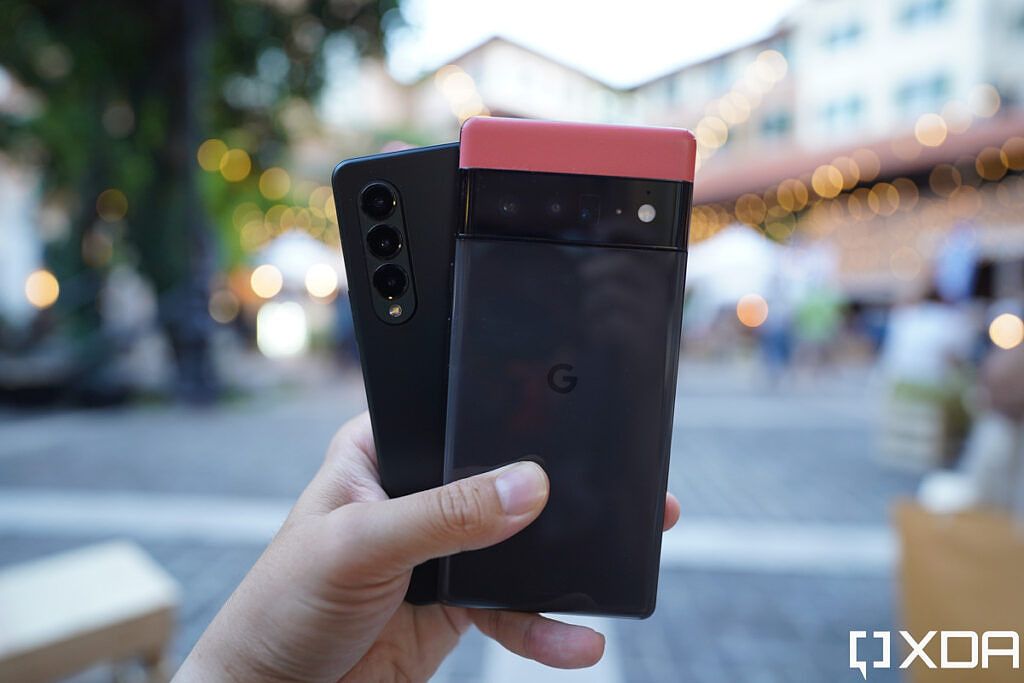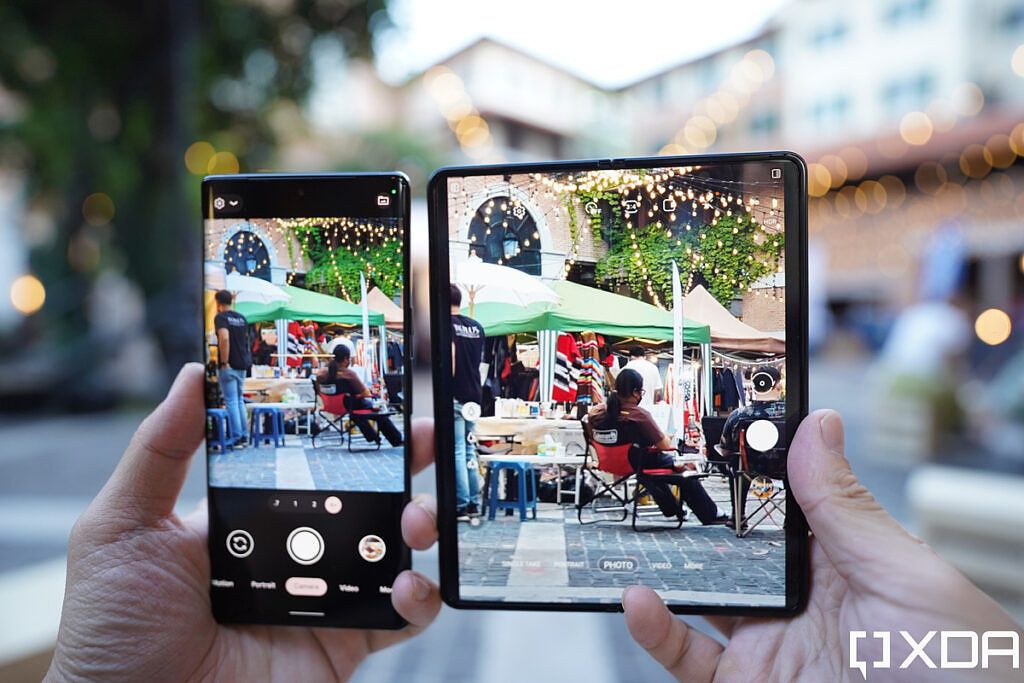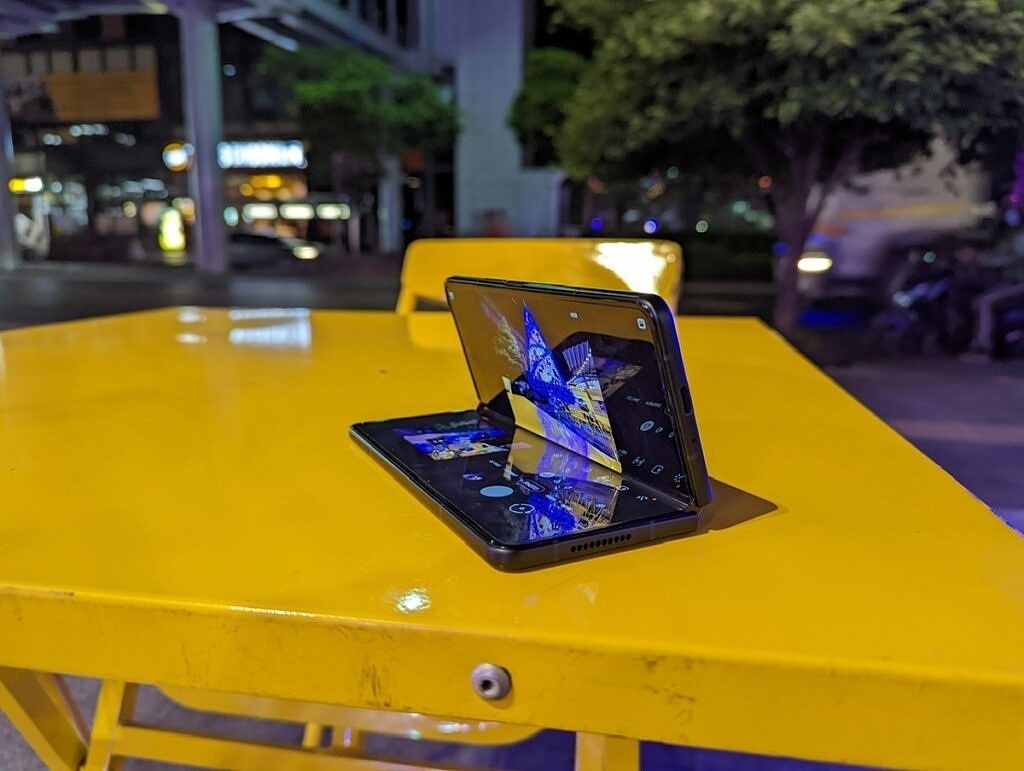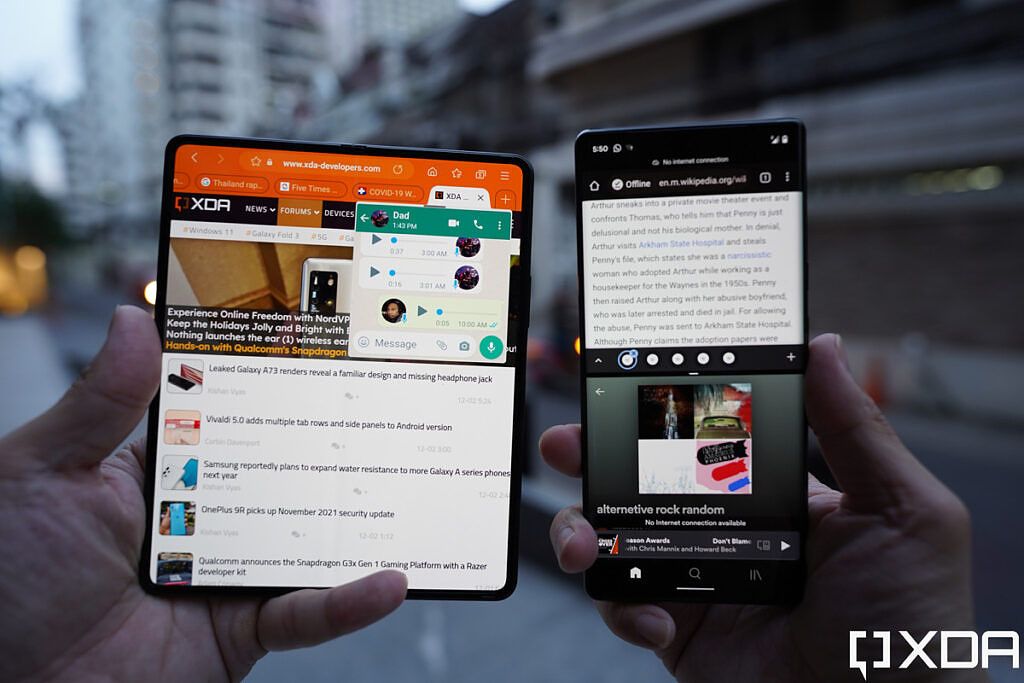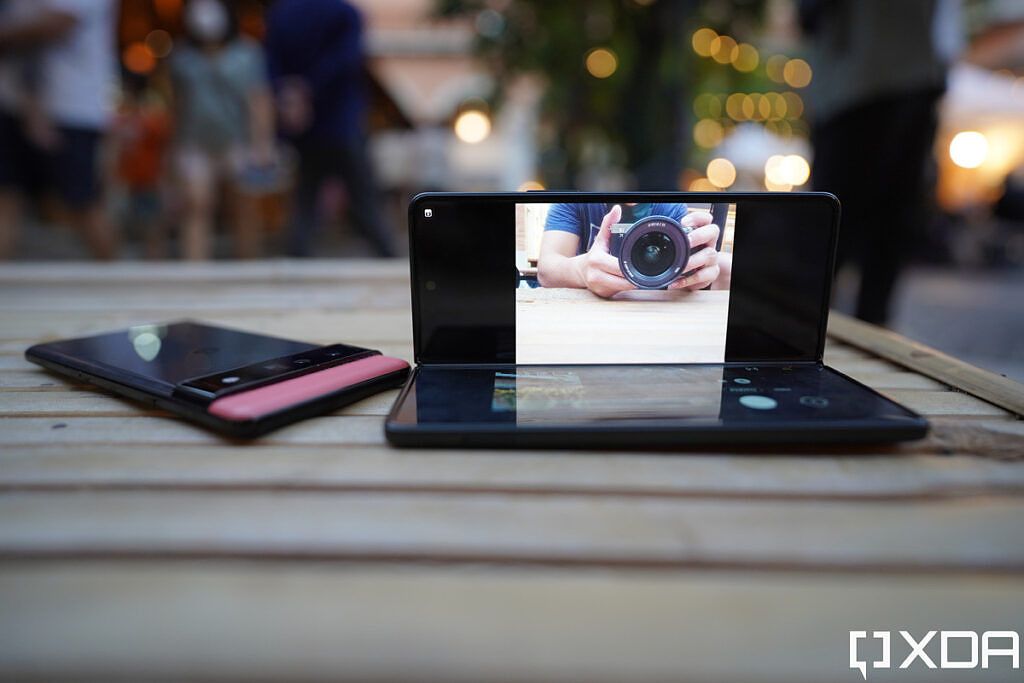Samsung’s Galaxy Z Fold series has several worthy challengers inside China, but everywhere else in the world, the Galaxy Z Fold has a virtual monopoly on the large foldable category. This was supposed to change soon, as Google had been heavily rumored to have been working on a foldable Pixel, but alas, it’s not meant to be, as Google has reportedly canceled plans for a foldable for now.
But this doesn’t mean Google doesn’t have anything to compete against Samsung’s top dog, the Galaxy Z Fold 3. The Pixel 6 Pro may be “just” a conventional slab phone that doesn’t fold or change shapes, but it is still an excellent Android phone -- arguably the best, according to our official review -- that everyone on the market for a new phone should consider. If you're looking to buy a new phone -- which one should you consider?
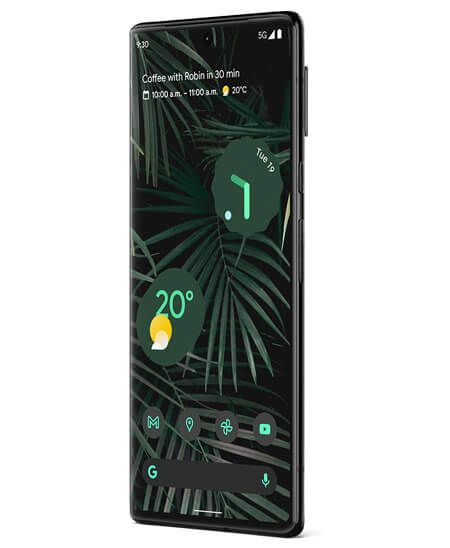
Google Pixel 6 Pro
The Pixel 6 Pro is the larger sibling that comes with Google's new Tensor chip, a modern design, and an extra telephoto camera.
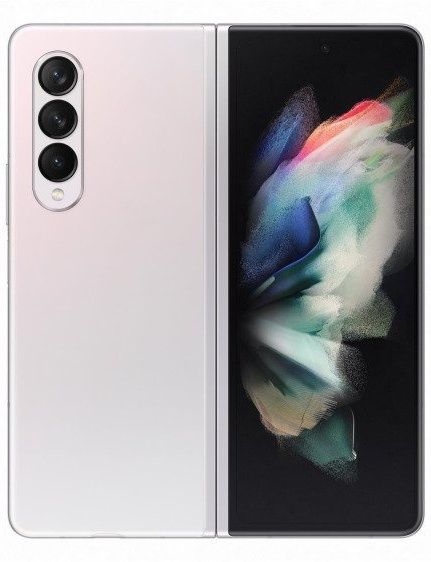
Samsung Galaxy Z Fold 3
The Samsung Galaxy Z Fold 3 is the best foldable right now, and while its cameras aren't as good as the Pixel 6 Pro's, it can do so much more.
About this review: This comparison was written after testing a Google Pixel 6 Pro that XDA purchased and a Galaxy Z Fold 3 provided by Samsung. Google Ireland did provide my colleague Adam Conway with a Pixel 6 Pro review unit, but it was not used in this piece. Neither company had any input in this article.
Google Pixel 6 Pro vs Samsung Galaxy Z Fold 3: Design and Hardware
Both of these phones are extremely well-built and among the very top in their category. The Pixel 6 Pro has precise haptics that makes typing a joy, as well as a curved OLED screen that blends seamlessly into the aluminum chassis. My grey variant is a bit dull in my opinion (at least until I put a bright orange skin on part of the phone’s backside), but I’ve seen other colorways up close and they look beautiful.
But the Galaxy Z Fold 3 is just on another level in terms of showing cutting-edge hardware that drop jaws. It’s a mini-tablet that folds in half to become a TV remote-shaped smartphone. And having used the first Galaxy Fold, it still amazes me how much Samsung managed to make in just two years. The Z Fold 3’s hinge is rock steady, allowing the device to stay halfway folded and stay still at any angle. The folding plastic OLED screen, while still mushier than a real glass screen, feels less plasticky than the first Fold’s screen. And despite all the moving parts, Samsung managed to add an IPX8 water resistance rating.
The Pixel 6 Pro is obviously easier to hold, with a curvier, thinner body (8.9mm, to the Galaxy Z Fold 3’s 14mm when folded) that weighs less (210g, to the Z Fold 3’s 273g), but Galaxy Z Fold 3 can be a better one-handed phone because in folded form, it’s now as wide horizontally. Either way, you will probably want to get cases for these as they're still mostly made of glass. There are lots of great options for the Galaxy Z Fold 3 and Pixel 6 Pro.
Both of these phones are well-built, but the Galaxy Z Fold 3 is just on another level in terms of showing cutting-edge hardware that drop jaws
Both of these phones pack 120Hz displays (in Samsung’s case, two of them), and while I think the Pixel UI’s animations take advantage of the 120Hz more than Samsung’s One UI, the Z Fold 3’s screen gets brighter.
In terms of brains, the Pixel 6 Pro runs on the Tensor, widely advertised as Google’s own self-designed SoC, but Tensor, ironically, has close ties with Samsung’s Exynos chips. And even more ironically, the Galaxy Z Fold 3 does not use Samsung’s own Exynos chips at all. Instead, it runs on the Snapdragon 888, because Qualcomm holds all the critical CDMA patents that are used in the US. So in a way, the Pixel 6 Pro’s brain consists of more Samsung parts than the Galaxy Z Fold 3’s.
Both the Tensor and Snapdragon 888 are very capable chips. The latter has a bit more raw power, but the former is more intelligent at machine learning tasks that deal with language and photos.
Everything else one would expect from a flagship phone in 2021 can be found in these devices: excellent stereo speaker system, wireless charging, NFC, the latest Bluetooth standards, and large batteries (5,000 mAh on the Pixel 6 Pro; 4,400 mAh on the Galaxy Z Fold 3).
Google Pixel 6 Pro vs Samsung Galaxy Z Fold 3: Cameras
The Google Pixel 6 Pro brings major camera hardware upgrades over previous Pixels: the triple-lens main system is headlined by a 50MP GN1 Sensor (again, ironically, from Samsung) with a large image sensor that captures sharp, punchy images with shallow depth-of-field. This capable main shooter is flanked by a 48MP Periscope zoom lens that can produce sharp 4x optical zoom photos, and a 12MP ultra-wide. Around the front is an 11MP selfie shooter.
The Google Pixel 6 Pro brings major camera hardware upgrades over previous Pixels
The Galaxy Z Fold 3, on the other hand, has relatively pedestrian camera hardware: a trio of 12MP sensors covering the wide, ultra-wide, and telephoto range, while there are two selfie cameras (one for each screen): a 10MP shooter on the outside cover screen, and a 4MP selfie camera that’s built under the folding display.
The triple 12MP main system here is recycled from last year’s Z Fold 2, and is technically inferior to even Samsung’s standard, non-Ultra, Galaxy S20 released over 18 months ago.
However, as Google has proved in years past, there’s more to camera performance than just hardware, and the Z Fold 3’s cameras are still fine. In fact, most average users probably won’t have any gripes with it at all in a vacuum. But compared to the Pixel 6 Pro? The Z Fold 3’s cameras fall short in almost every area. In low-light photos, the Pixel 6 Pro consistently finds better exposure, whether it's the main or ultra-wide camera.
For zoom photos, same thing -- no surprise, because the Pixel 6 Pro has a 4x Periscope zoom to Z Fold 3's 2x telephoto zoom.
There are two areas in which the Galaxy Z Fold 3 beats the Pixel 6 Pro: the Galaxy Z Fold 3’s ultra-wide is significantly wider (the Pixel’s ultra-wide can barely be called an ultra-wide). And the Galaxy Z Fold 3’s folding body gives it more flexibility, such as the ability to serve as its own tripod. As long as you can find a flat surface on which to place the Galaxy Z Fold 3, it can stand “upright” on its own and film, while the Pixel 6 Pro would need to be propped against something.
Google Pixel 6 Pro vs Samsung Galaxy Z Fold 3: Software
At the time of writing this, my unlocked Galaxy Z Fold 3 is still running on Android 11 with Samsung’s One UI 3.1.1 on top. While Samsung has begun pushing Android 12 with One UI 4 on top in beta stages, there’s no telling when my Fold 3 will actually get it.
The Pixel 6 Pro, of course, has no such concerns and shipped with Android 12 out of the box. Being Google’s own device, it will always be among the first to run the latest version of Android. The Android 12 that’s running here also isn’t vanilla Android, but a version Google is likely keeping exclusive for the Pixel. As my colleague Adam Conway explained in a recent article, the Pixel 6 Pro’s Android 12 places a heavy emphasis on aesthetic customization so the phone’s UI can have a bit of personality and originality.
Just from looks, I like the Pixel 6 Pro’s software better than Samsung’s. I like the customizable color accents that runs throughout the entire Pixel UI, I like the whimsical animations (they zip and bounce around more than most Android skins with the exception of maybe Xiaomi’s MIUI), large toggle buttons, and rounded corner widgets. Samsung’s One UI looks a bit plain by comparison.
In terms of extra features, each UI trade blows. I love that the Pixel can automatically identify music playing near me and show the song title on the Always-On Display screen. And the Pixel’s eerily accurate voice dictation has changed the way I use WhatsApp (I now respond via voice mostly instead of typing). But the Galaxy Z Fold 3 has better multi-tasking capabilities and I’m not just talking about the fact it has a larger screen. Samsung’s One UI allows me to open apps not just in split-screen mode, but also in a floating, resizable window. This means I can use two apps easily. The Pixel 6 Pro only offers split-screen multi-tasking which just isn’t as free as the option to have floating windows.
Google Pixel 6 Pro vs Samsung Galaxy Z Fold 3: General Performance and Everyday Use
I've been using the Galaxy Z Fold 3 on and off for over three months, with at least a combined month's worth of time as my main phone. The Pixel 6 Pro, meanwhile, has been my daily driver for the past month. I have no major gripes with performance, as both phones run stable and behave mostly as intended. With 12GB of RAM each, apps launched at a speedy rate, even if I had over a dozen in the background.
The Snapdragon 888 inside the Galaxy Z Fold 3 has a slightly more capable GPU than the Tensor, but I didn't notice any differences when gaming -- although admittedly, I am a light mobile gamer. One thing I think Samsung got right is it starts the Galaxy Z Fold 3 at 256GB storage, instead of the 128GB that starts the Pixel 6 Pro. Just 128GB in 2021 doesn't feel adequate to last the next two years, especially since the Pixel's cameras are so good it entices you to shoot and film more.
I have noticed bugs on the Pixel 6 Pro every now and then, like apps crashing, or fingerprint sensor light still being on after I've unlocked the phone. But these are rare occurrences. The Galaxy Z Fold 3 is more polished in terms of running problem-free. However, the Pixel 6 Pro has a much better camera system and stronger battery life too. The Pixel 6 Pro can consistently finish a 13-hour whole day out on a single charge, while the Galaxy Z Fold 3 struggles to last 13 hours from my usage — it will usually dip to under 10% by hour 12.
Unfortunately, charging both phones will feel slow for anyone who has used other Chinese phones. The Pixel 6 Pro charges wired at 30W and wireless at 23W, while the Z Fold 3 charges at 20W and 11W respectively. These are slow numbers compared to the 50-60W wireless charging a Xiaomi or OnePlus phone offer. I charge my phone overnight so it's not too big an issue. But if you ever need a mid-evening top-up before heading out, expect to sit there all dressed up waiting 20 minutes longer than a Xiaomi or Oppo user would have to.
The Pixel 6 Pro changes how I use a smartphone camera, the Galaxy Z Fold 3 changes how I use a smartphone
Ultimately, comparing the two phones as a buying guide is a bit tricky because they have such different form factors. The Pixel 6 Pro, to me, is almost as good as a slab phone can get right now — with the exception of the noticeably slow in-display fingerprint sensor. I know some people find it a bit too big, but the size is fine for me. From in-hand feel to UI fluidity, camera performance to battery life, I have very little to complain about here. The Pixel’s camera performance and camera app UI are both so good, it makes me want to take more photos than I already do.
But it’s still ultimately just a slab phone with one form factor. The Galaxy Z Fold 3 is a much more ambitious device that can do more. The larger screen (7.6-inches) makes almost every task easier: gaming, watching videos, editing word documents, typing long emails, reading articles, navigating through Google Maps, everything is just better on a bigger screen.
The Galaxy Z Fold 3’s ability to stay halfway folded at any angle (which Samsung calls “Flex Mode”) also adds another layer of versatility. As long as there’s a flat surface, I can use the Galaxy Z Fold 3 to take hands-free video calls or take photos of myself without asking a stranger to help hold the camera. I can shoot time-lapse videos without needing a tripod or prop the phone up against something. So while the Pixel 6 Pro changes how I use a smartphone camera, the Galaxy Z Fold 3 changes how I use a smartphone.
Google Pixel 6 Pro vs Samsung Galaxy Z Fold 3: Conclusion
I’ve been carrying both of these phones for the past week and I am torn as to which one I like more. The Pixel 6 Pro is probably my favorite slab to use right now due to the combination of great camera performance, strong battery life, immersive (notch-less) screen, and a good-looking UI. But as it’s still just a normal phone. The Galaxy Z Fold 3 feels like it’s more. And for me, a tech enthusiast who also happens to work on the road often, the ability to type a bit faster due to the larger keyboard, or run two apps in split-screen mode without needing to squint, or have an ongoing WhatsApp conversation run in a small floating window while I’m watching a video, make me feel a sense of awe, and reminds me why foldables are still absolutely the future.
But right now, the price of foldables is still high, so for most people, the Pixel 6 Pro is the wiser purchase.

Google Pixel 6 Pro
The Pixel 6 Pro is the larger sibling that comes with Google's new Tensor chip, a modern design, and an extra telephoto camera.

Samsung Galaxy Z Fold 3
The Samsung Galaxy Z Fold 3 is the best foldable right now, and while its cameras aren't as good as the Pixel 6 Pro's, it can do so much more.

